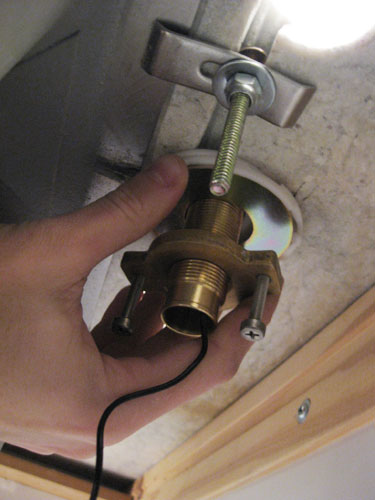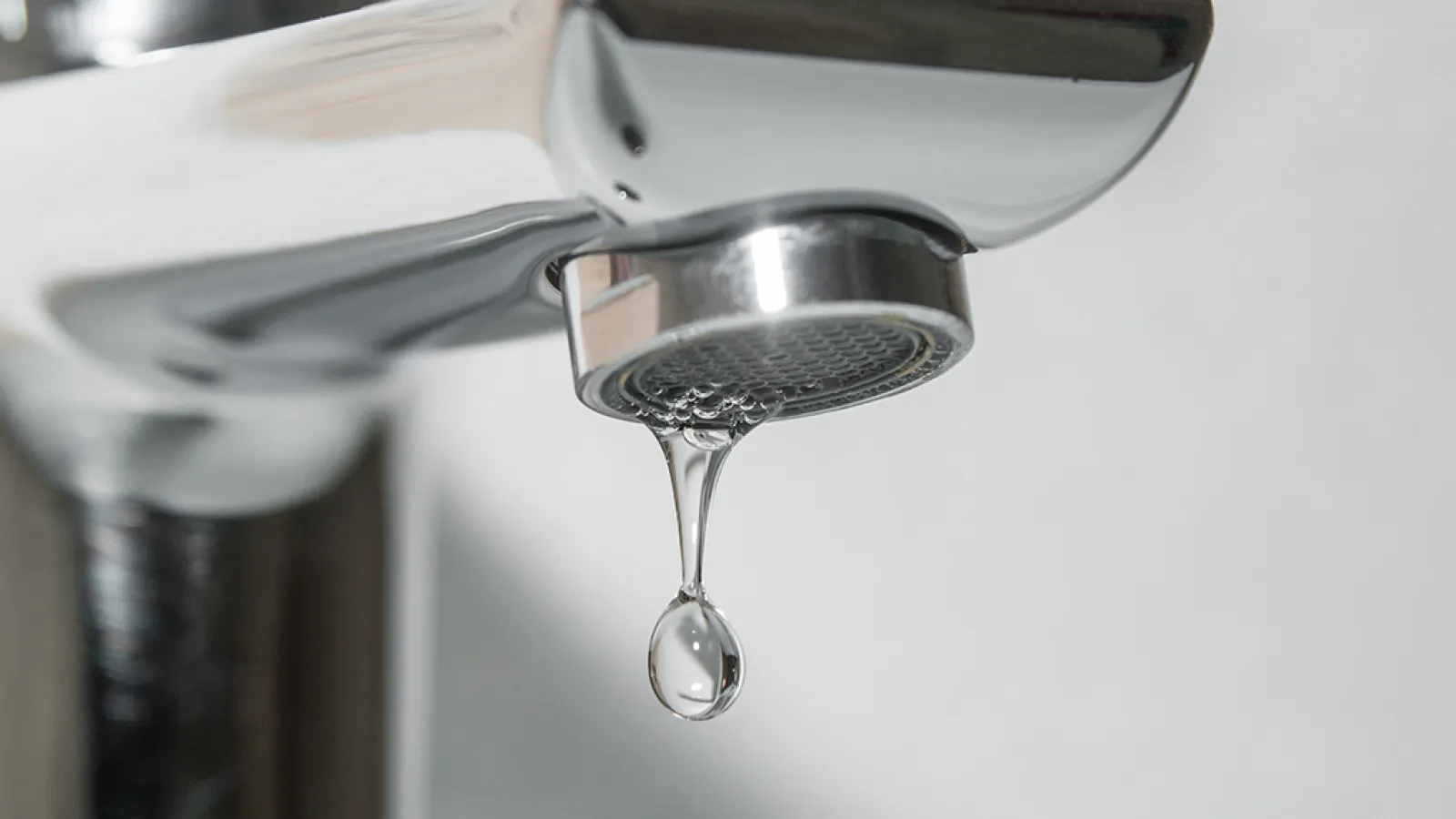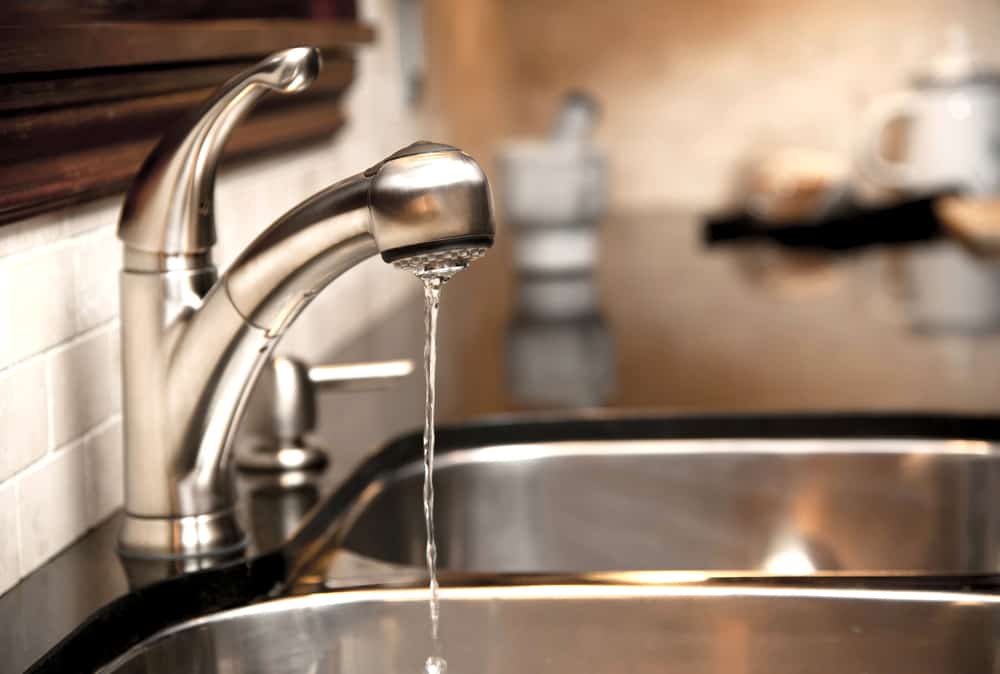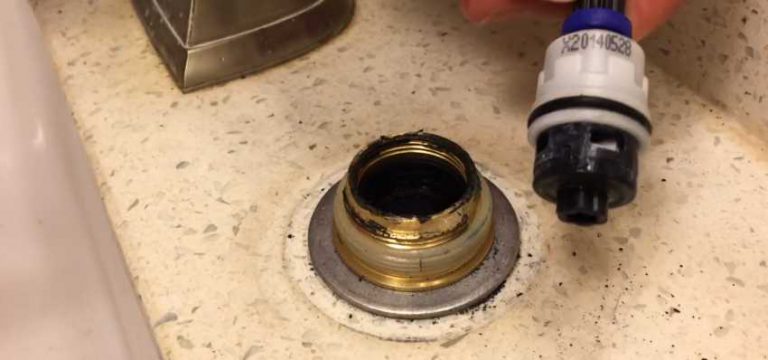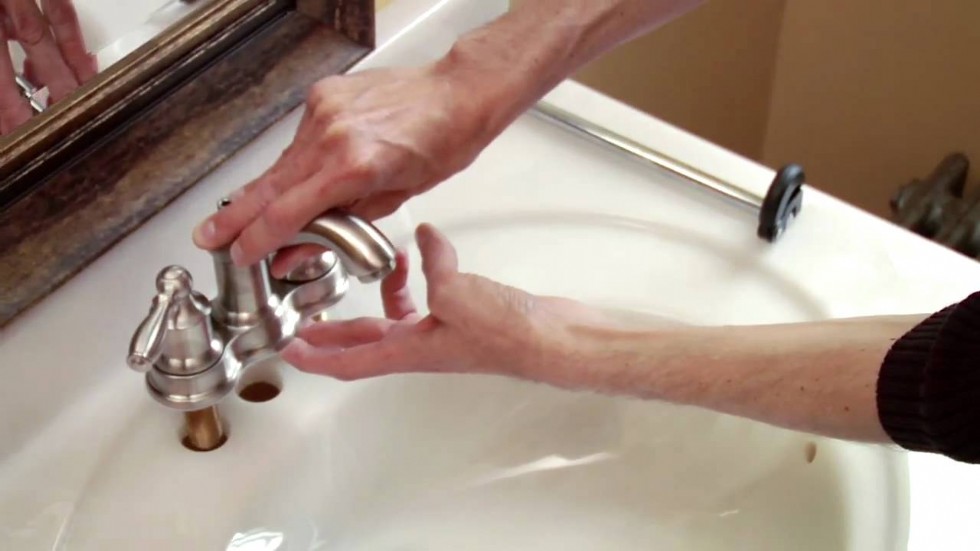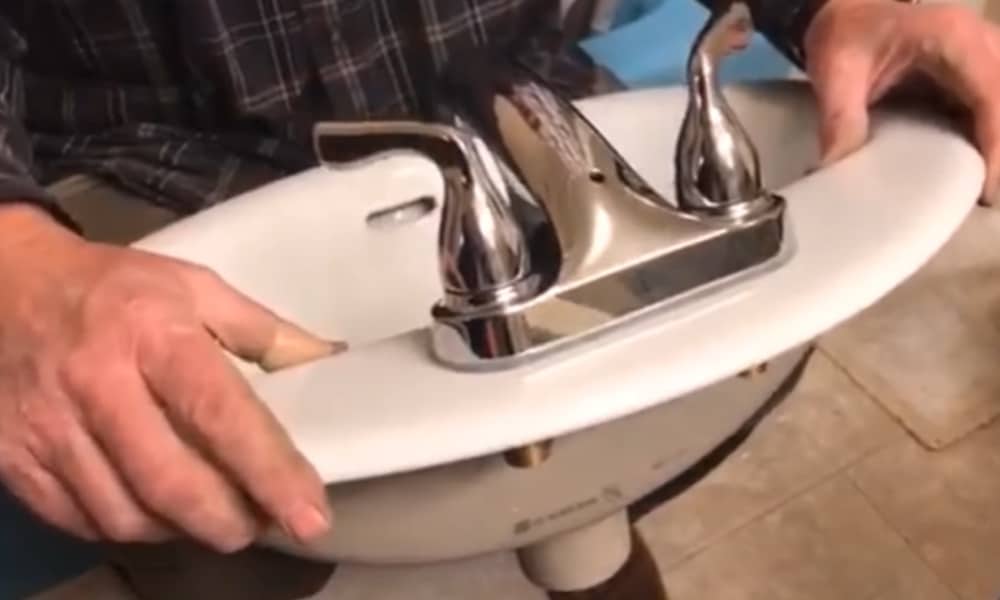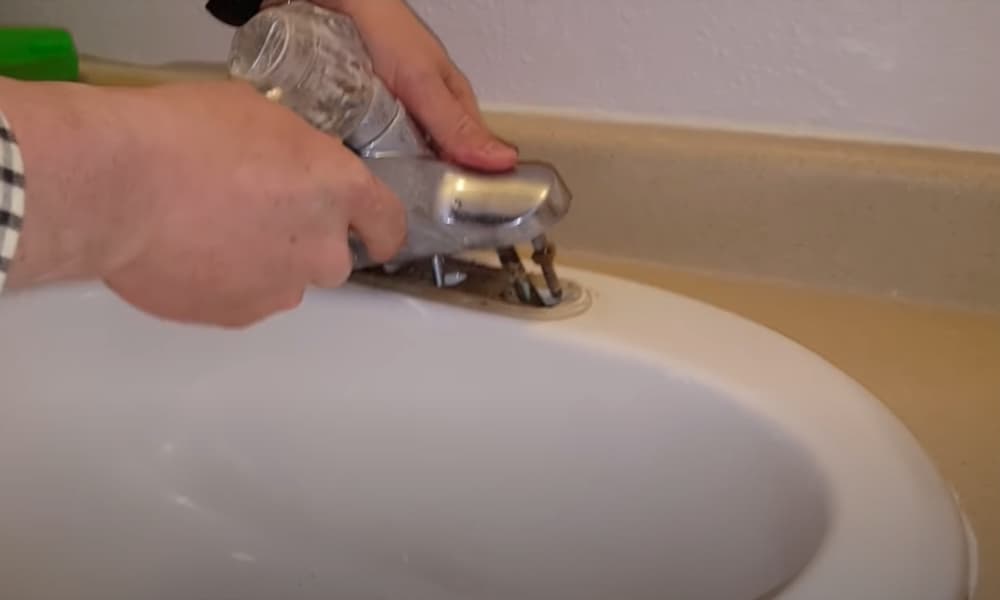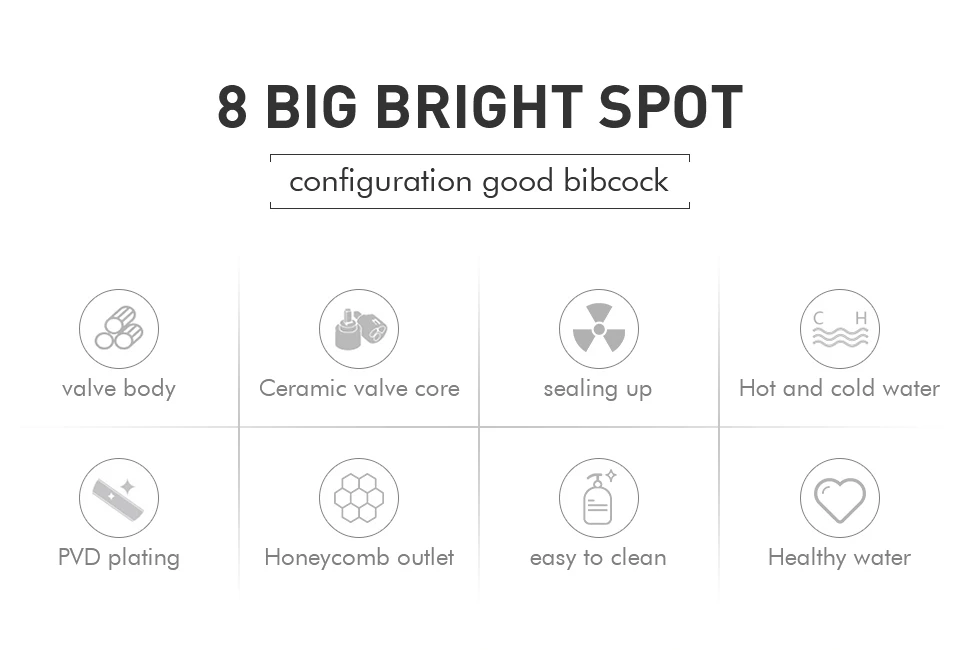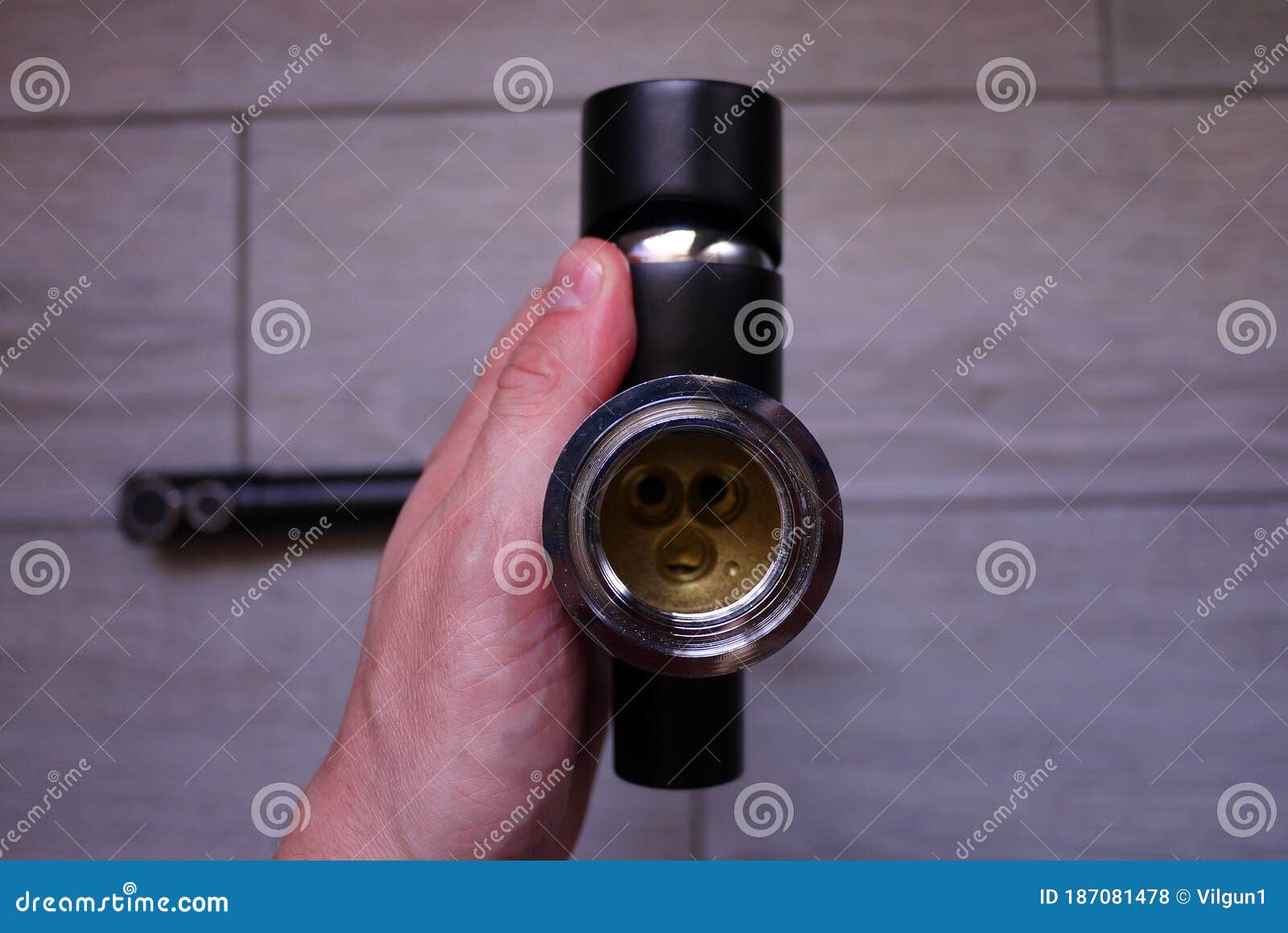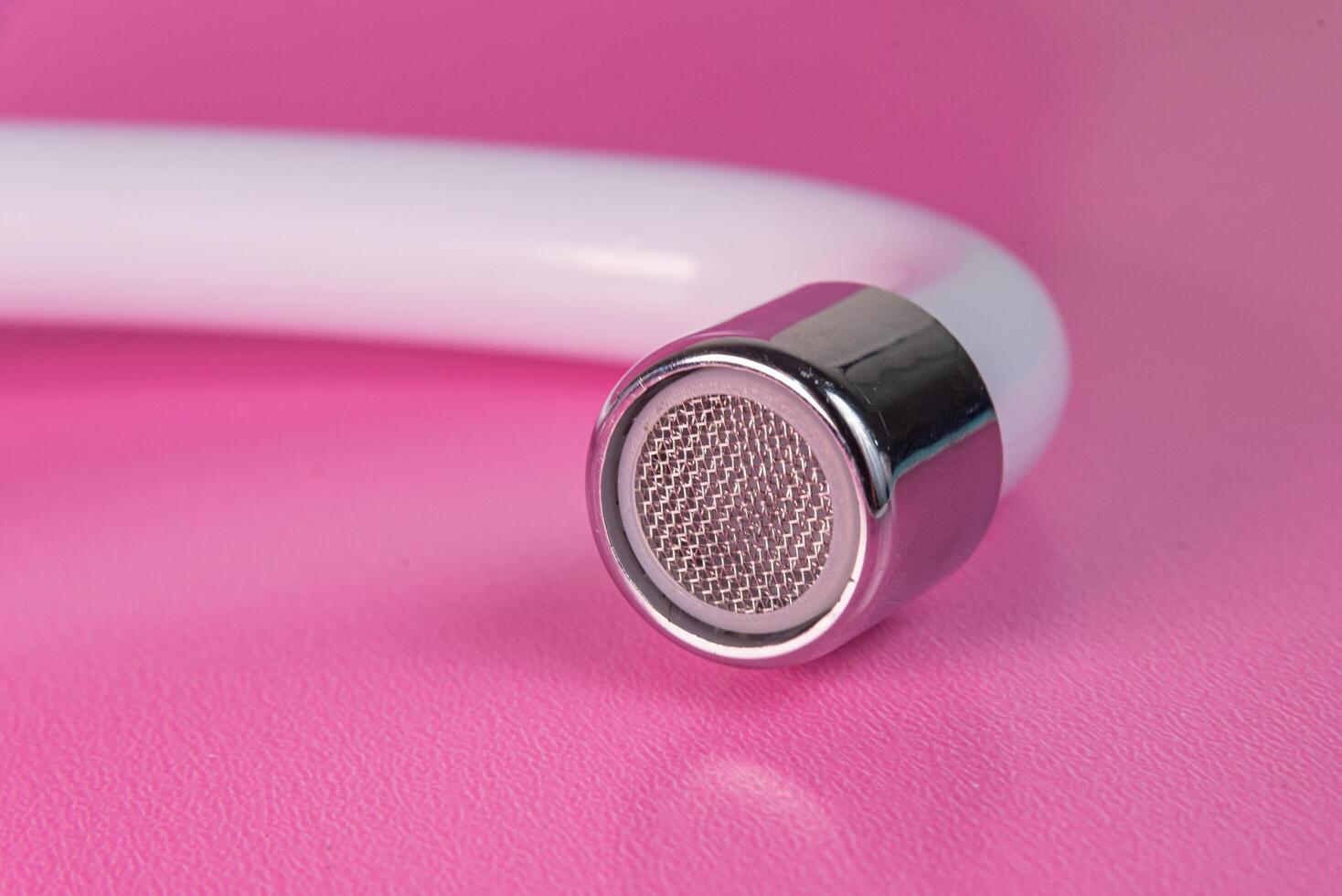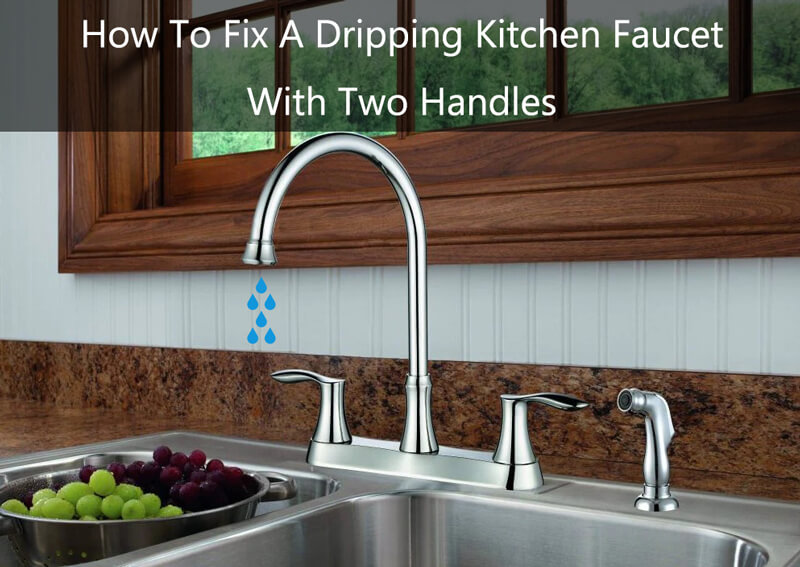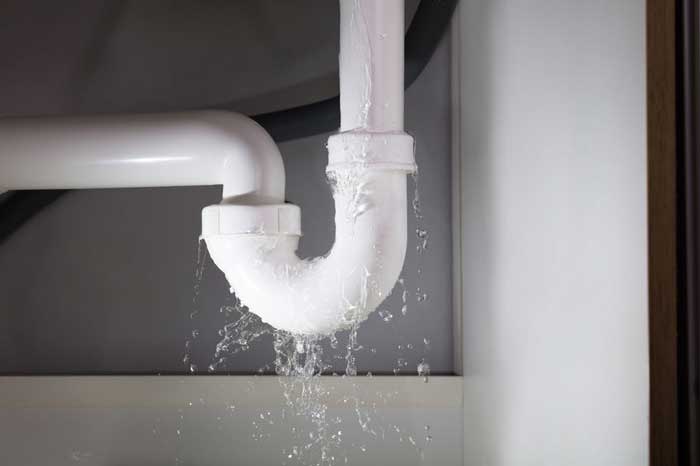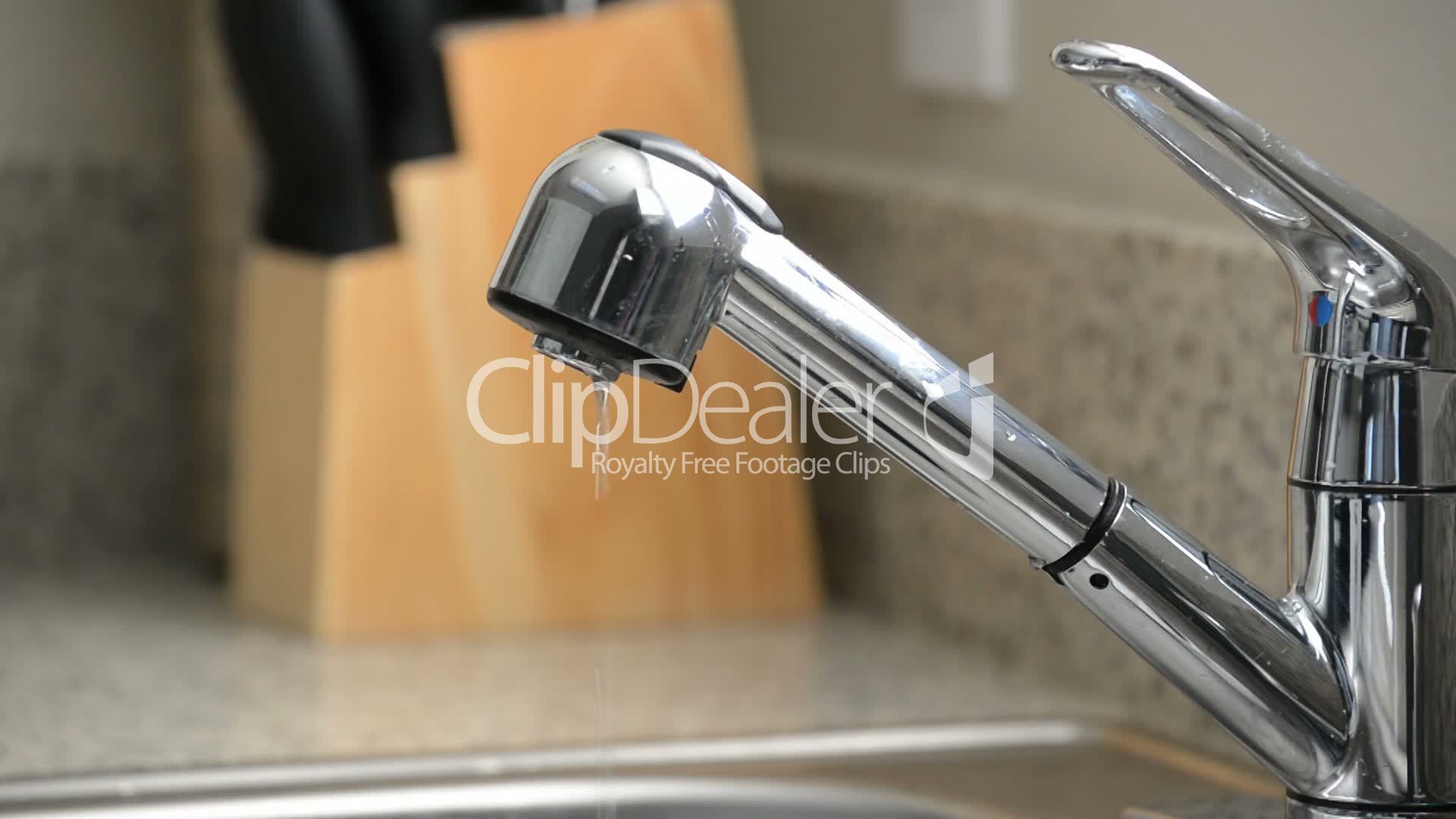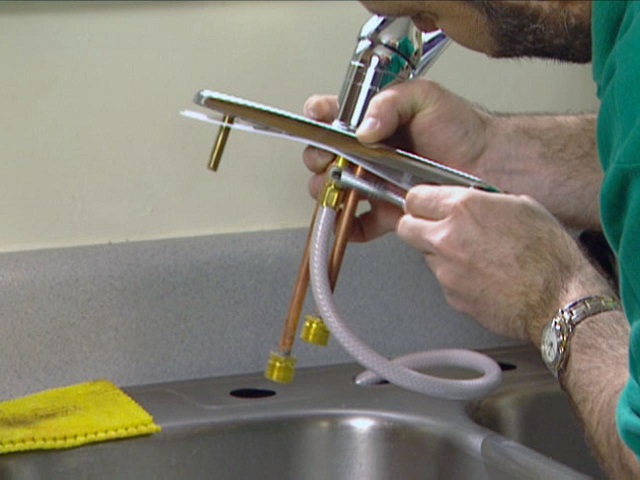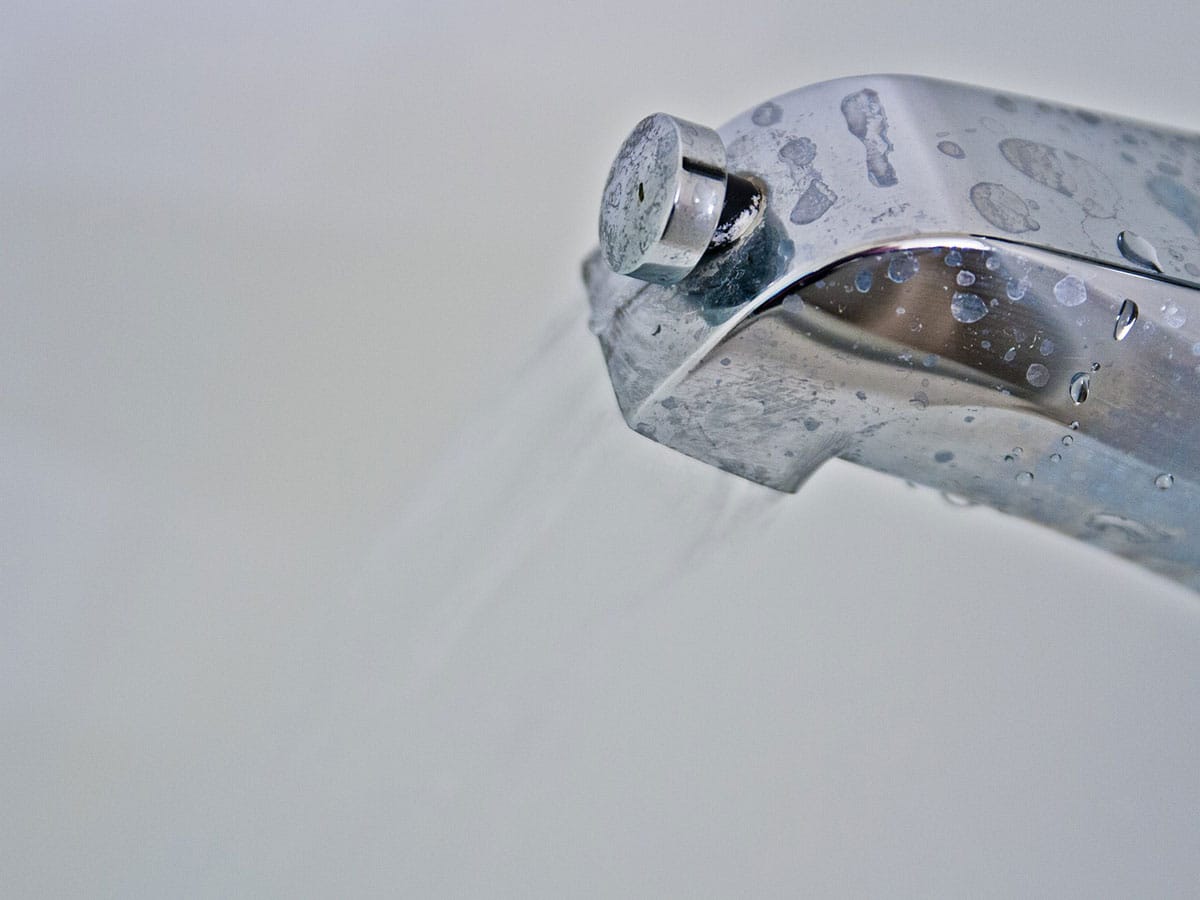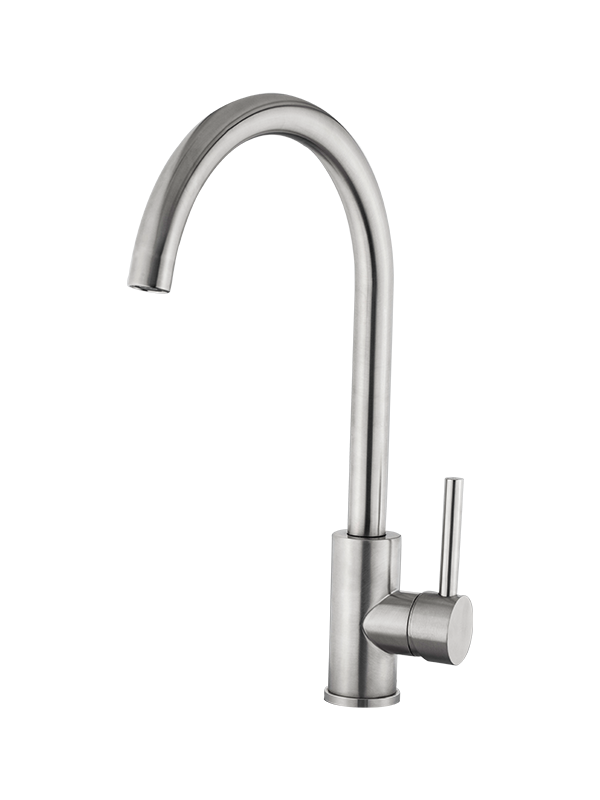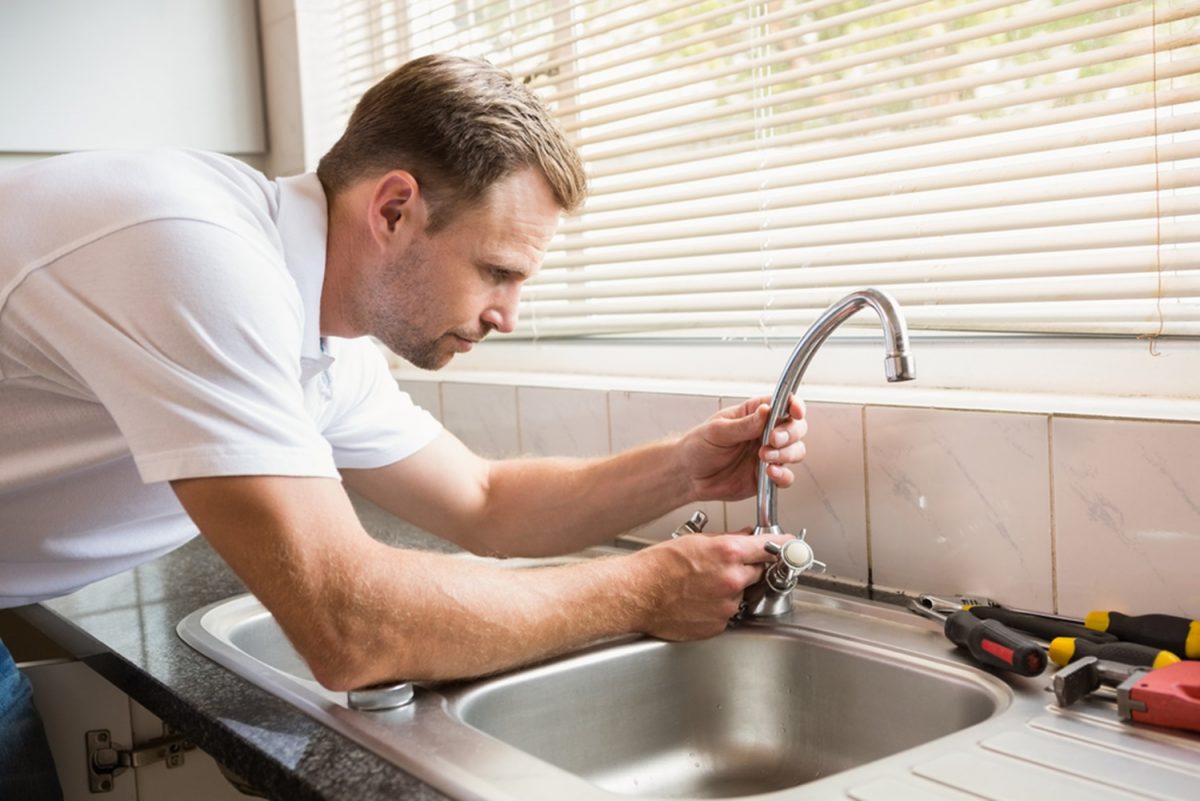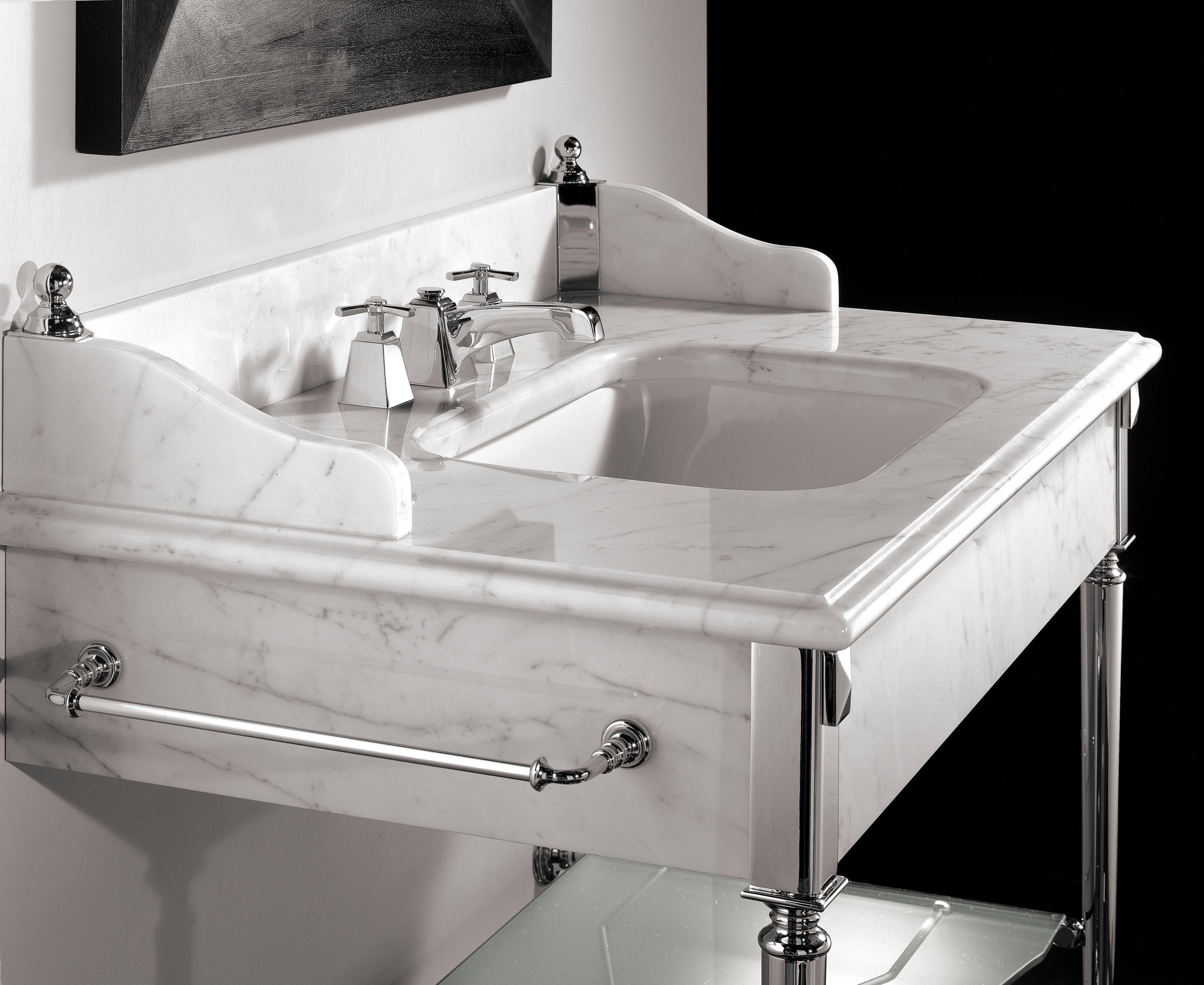The kitchen sink faucet is one of the most utilized fixtures in any household, making it prone to wear and tear. While it may seem like a small issue, a malfunctioning kitchen sink faucet can disrupt your daily routine and cause frustration. Here are the top 10 main kitchen sink faucet problems and their solutions.Common Kitchen Sink Faucet Problems and Solutions
A leaky kitchen sink faucet is not only annoying, but it can also waste a significant amount of water and increase your utility bills. The most common cause of a leaky faucet is a worn out O-ring or valve seat. To fix it, turn off the water supply, disassemble the faucet, and replace the damaged parts. It’s a quick and inexpensive fix that can save you money in the long run.How to Fix a Leaky Kitchen Sink Faucet
If your kitchen sink faucet is experiencing low water pressure, it can be due to various reasons such as a clogged aerator, blocked water supply line, or a malfunctioning valve. Start by cleaning the aerator and checking the water supply line for any obstructions. If the problem persists, it’s best to call a professional plumber to diagnose and fix the issue.Troubleshooting Low Water Pressure in a Kitchen Sink Faucet
Over time, your kitchen sink faucet may become outdated or damaged, and replacing it is the best solution. It may seem like a daunting task, but with the right tools and steps, you can easily replace your kitchen sink faucet. Start by turning off the water supply, removing the old faucet, and installing the new one following the manufacturer’s instructions.Replacing a Kitchen Sink Faucet: Step-by-Step Guide
Regular cleaning and maintenance can prolong the lifespan of your kitchen sink faucet. Use a soft cloth and mild soap to clean the exterior of the faucet, and a toothbrush to remove any build-up in the aerator. It’s also essential to check for any leaks or loose parts and tighten them as needed to avoid future problems.How to Clean and Maintain Your Kitchen Sink Faucet
Similar to a leaky faucet, a dripping kitchen sink faucet can waste a significant amount of water and increase your utility bills. The most common cause of a dripping faucet is a worn out washer or cartridge. Turn off the water supply, disassemble the faucet, and replace the damaged parts to fix the issue.Dealing with a Dripping Kitchen Sink Faucet
If you’re renovating your kitchen or simply want to upgrade your faucet, installing a new kitchen sink faucet is a simple process. Start by turning off the water supply, removing the old faucet, and installing the new one following the manufacturer’s instructions. It’s recommended to have a professional plumber do the installation to ensure it is done correctly.How to Install a New Kitchen Sink Faucet
If your kitchen sink faucet is making unusual noises, it could be due to a loose screw, a worn out washer, or air in the pipes. Check for any loose parts and tighten them if needed. If the problem persists, it’s best to call a professional plumber to diagnose and fix the issue.Common Causes of a Noisy Kitchen Sink Faucet
A loose kitchen sink faucet handle can make it difficult to turn the water on and off. The most common cause of a loose handle is a worn out screw or valve. To fix it, remove the handle and tighten the screw or replace the valve if needed. Regularly checking and tightening the handle can prevent it from becoming loose in the future.Repairing a Loose Kitchen Sink Faucet Handle
A clogged kitchen sink faucet can be caused by food debris, mineral build-up, or grease. To prevent clogs, use a drain strainer to catch food particles and avoid pouring grease down the drain. If your faucet is already clogged, try using a plunger or a commercial drain cleaner. If these methods don’t work, it’s best to call a professional plumber. In conclusion, being aware of these common kitchen sink faucet problems and their solutions can save you time, money, and frustration. Regular maintenance and timely repairs can also prolong the lifespan of your faucet and ensure it functions properly. However, if you’re unsure or uncomfortable with fixing the issue yourself, it’s always best to seek the help of a professional plumber for a safe and efficient resolution.Preventing and Fixing a Clogged Kitchen Sink Faucet
How to Troubleshoot Common Problems with Your Kitchen Sink Faucet

Leaking Faucet
 One of the most common problems with kitchen sink faucets is leaking. This can be a frustrating issue, as not only does it waste water and cause a mess, but it can also lead to higher water bills. There are a few possible reasons why your faucet may be leaking.
Worn Out Washers:
The washers in your faucet handle can wear out over time, causing leaks. This is a simple fix that can be done by replacing the washers.
Loose Connections:
If the connections between your faucet and the water supply are loose, this can also cause leaks. Check the connections and tighten them if necessary.
Damaged O-rings:
O-rings are rubber discs that seal the faucet handle and spout. If these become damaged, they can cause leaks. Replacing the O-rings should solve the issue.
One of the most common problems with kitchen sink faucets is leaking. This can be a frustrating issue, as not only does it waste water and cause a mess, but it can also lead to higher water bills. There are a few possible reasons why your faucet may be leaking.
Worn Out Washers:
The washers in your faucet handle can wear out over time, causing leaks. This is a simple fix that can be done by replacing the washers.
Loose Connections:
If the connections between your faucet and the water supply are loose, this can also cause leaks. Check the connections and tighten them if necessary.
Damaged O-rings:
O-rings are rubber discs that seal the faucet handle and spout. If these become damaged, they can cause leaks. Replacing the O-rings should solve the issue.
Low Water Pressure
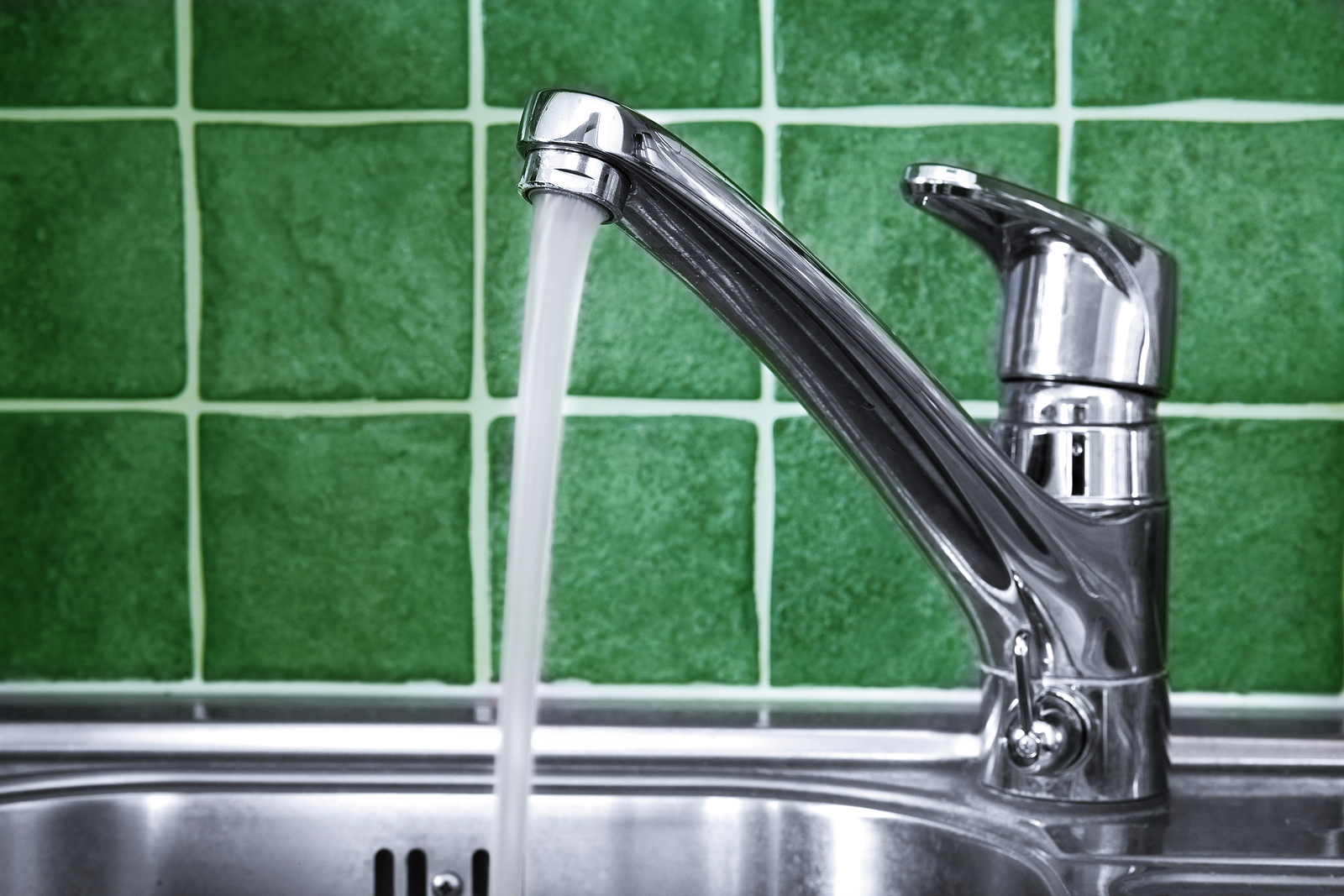 Another common problem with kitchen sink faucets is low water pressure. This can be caused by a variety of factors, including clogged aerators, mineral buildup, or a faulty water valve.
Clogged Aerator:
The aerator is a small screen inside the faucet that controls the flow of water. Over time, it can become clogged with debris, affecting the water pressure. Cleaning or replacing the aerator can help solve this issue.
Mineral Buildup:
If you have hard water, mineral buildup can occur in your faucet, causing low water pressure. Using a descaler or vinegar solution can help remove the buildup and restore water pressure.
Faulty Water Valve:
If none of the above solutions work, the issue may be a faulty water valve. This will require a professional plumber to repair or replace.
Another common problem with kitchen sink faucets is low water pressure. This can be caused by a variety of factors, including clogged aerators, mineral buildup, or a faulty water valve.
Clogged Aerator:
The aerator is a small screen inside the faucet that controls the flow of water. Over time, it can become clogged with debris, affecting the water pressure. Cleaning or replacing the aerator can help solve this issue.
Mineral Buildup:
If you have hard water, mineral buildup can occur in your faucet, causing low water pressure. Using a descaler or vinegar solution can help remove the buildup and restore water pressure.
Faulty Water Valve:
If none of the above solutions work, the issue may be a faulty water valve. This will require a professional plumber to repair or replace.
Squeaky or Hard to Turn Handles
 If you're struggling to turn your kitchen sink faucet handles or they are making a squeaking sound, this can be caused by worn out or loose parts.
Worn Out Cartridge:
The cartridge is a small component inside the faucet handle that controls the water flow. Over time, it can become worn out and cause the handle to be difficult to turn. Replacing the cartridge should solve this issue.
Loose Handles:
If the handles are loose, they can also be difficult to turn. Check the screws holding the handles in place and tighten them if necessary.
In conclusion, having a fully functioning kitchen sink faucet is crucial for daily tasks in the kitchen. By knowing how to troubleshoot common problems, you can save yourself time and money by fixing small issues before they become bigger problems. If the issue persists or seems too complicated to fix on your own, don't hesitate to call a professional plumber for assistance.
If you're struggling to turn your kitchen sink faucet handles or they are making a squeaking sound, this can be caused by worn out or loose parts.
Worn Out Cartridge:
The cartridge is a small component inside the faucet handle that controls the water flow. Over time, it can become worn out and cause the handle to be difficult to turn. Replacing the cartridge should solve this issue.
Loose Handles:
If the handles are loose, they can also be difficult to turn. Check the screws holding the handles in place and tighten them if necessary.
In conclusion, having a fully functioning kitchen sink faucet is crucial for daily tasks in the kitchen. By knowing how to troubleshoot common problems, you can save yourself time and money by fixing small issues before they become bigger problems. If the issue persists or seems too complicated to fix on your own, don't hesitate to call a professional plumber for assistance.

